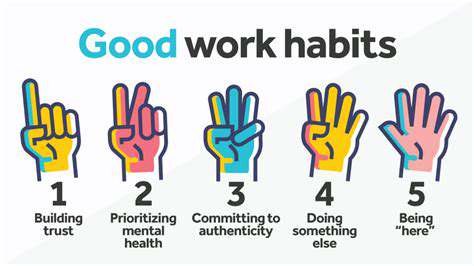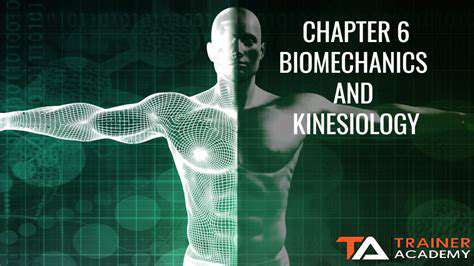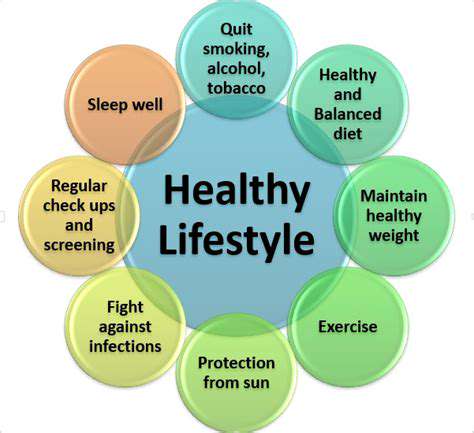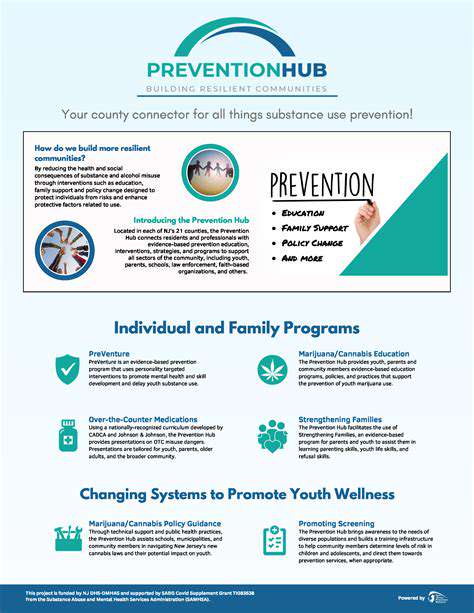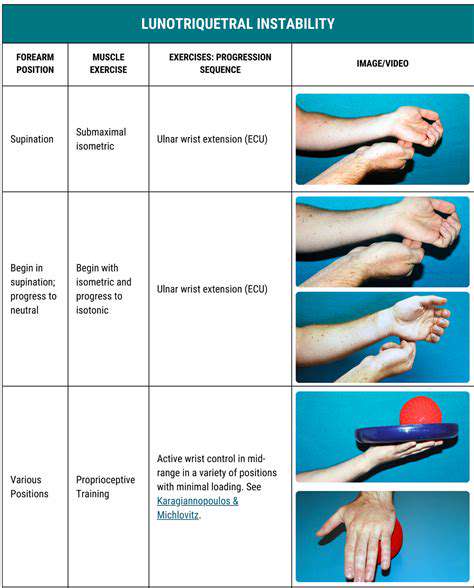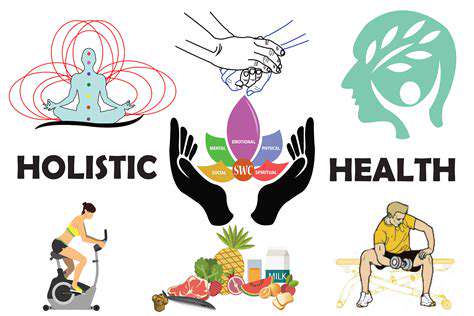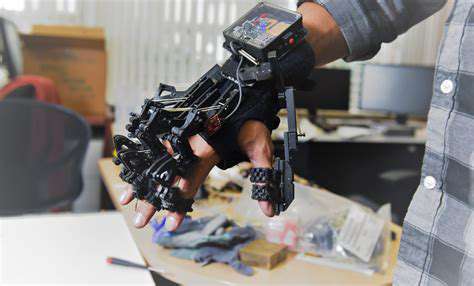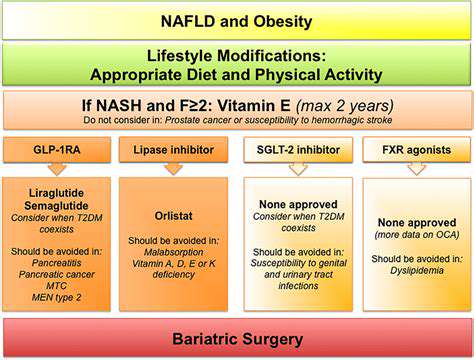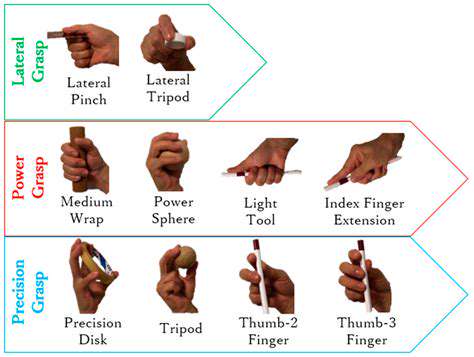Revitalizing Hand Strength in Aging Adults
Therapeutic putty exercises provide both strengthening and sensory benefits. Roll it into snakes between your fingers, create pinch grips of varying thicknesses, or embed small objects to retrieve. These functional movements directly translate to real-world dexterity like manipulating buttons or handling coins. For office workers, keep a stress ball at your desk and perform periodic finger extensions against its resistance.
Wrist Flexion and Extension Exercises
Proper wrist alignment forms the foundation for hand strength. Start with gentle mobility drills: make slow circles in both directions, then progress to controlled flexion/extension movements. When using weights, begin with light (2-3 lb) dumbbells and focus on perfect form - keep your forearm supported on a bench or your thigh to isolate the wrist muscles.
For advanced practitioners, reverse wrist curls (palms facing down) particularly challenge the often-neglected extensor muscles. Always stop if you experience joint pain rather than muscle fatigue. Incorporate these exercises 2-3 times weekly, allowing at least 48 hours recovery between sessions.
Hand Coordination Exercises
Refine fine motor skills with practical challenges: practice buttoning shirts with your non-dominant hand, or try manipulating small nuts and bolts while wearing thick gloves. Juggling with scarves or bean bags develops hand-eye coordination without the frustration of dropped objects. These activities stimulate neural pathways while building strength.
Try the coin rotation exercise: place a coin between your thumb and each fingertip in sequence, maintaining constant contact. Time yourself and aim for smoother, faster transitions. For musicians, scale patterns on imaginary fretboards or keyboards maintain dexterity between practice sessions.
Finger Stretches and Mobility Exercises
Counteract stiffness with dynamic stretches before workouts and static holds afterward. The prayer stretch (palms together at chest height, lowering hands while keeping contact) improves wrist and finger flexibility. For individual fingers, gently pull each one back until you feel tension (not pain), holding for 15-30 seconds.
Create mobility challenges: trace complex shapes (like infinity symbols) in the air with each finger. Regular mobility work prevents the creep of arthritis and maintains functional range. Yoga hand poses like eagle arms provide comprehensive stretching for wrists and fingers.
Incorporating Hand Strengthening into Daily Routines
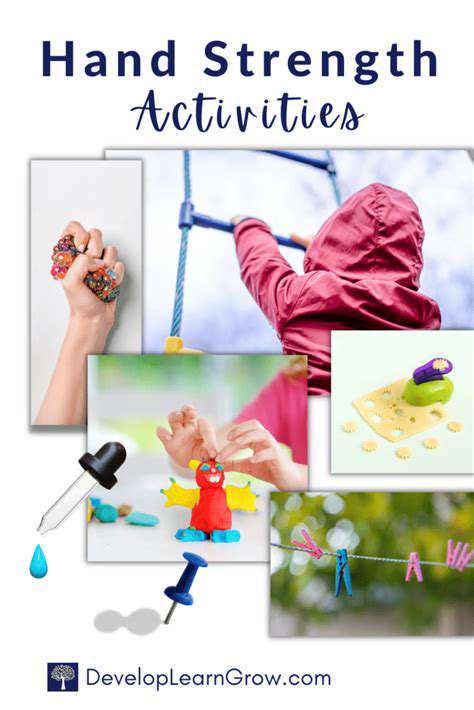
Benefits of Hand Strengthening Exercises
Targeted hand training yields benefits far beyond basic functionality. Enhanced grip strength correlates with reduced mortality risk in older adults, according to multiple longitudinal studies. The cumulative effect of daily exercises becomes apparent in unexpected ways - from easier gardening tasks to more confident handshakes.
For individuals with desk jobs, brief exercise breaks every hour combat the negative effects of prolonged typing. Try alternating between squeezing a stress ball and stretching your fingers wide for 30-second intervals. This micro-workout approach prevents fatigue while maintaining circulation.
Types of Hand Strengthening Activities
Beyond conventional tools, everyday objects become exercise equipment: wringing out wet towels develops crushing grip, while turning doorknobs wrapped with rubber bands adds rotational resistance. Creativity in exercise selection prevents boredom and plateaus.
For measurable progress, invest in adjustable hand grippers with poundage markings. Start at a resistance where you can complete 8-10 clean repetitions, progressing to higher resistance every 2-3 weeks. Always maintain strict form - no cheating by using body English or momentum.
Implementing a Hand Strengthening Routine
Structure your regimen like any serious training program: dedicate specific days to high-intensity work (Monday/Thursday) with active recovery days focusing on mobility (other weekdays). Periodization prevents overuse injuries while optimizing gains - alternate between endurance-focused sessions (higher reps, lower resistance) and strength-focused work (lower reps, higher resistance).
Track progress objectively: measure grip strength with a dynamometer, time how long you can hang from a pull-up bar, or count how many times you can shuffle and deal a deck of cards. These concrete metrics reveal improvements that daily activities might not showcase.
Considerations for Hand Strengthening
Those with existing conditions like arthritis should modify exercises - use softer putty instead of firm balls, and focus more on mobility than maximum resistance. Pain should never exceed 2/10 on the discomfort scale during or after exercise. Swelling or prolonged soreness signals the need for program adjustments.
Ergonomic assessments prove valuable for identifying movement compensations. A physical therapist can spot subtle issues like ulnar deviation during gripping exercises that could lead to long-term problems. Video recording your form from multiple angles helps self-assessment.
Seeking Professional Guidance and Support
Understanding the Importance of Hand Strength in Aging Adults
Preserving hand function represents a critical component of successful aging. Research demonstrates that grip strength serves as a stronger predictor of future disability than blood pressure readings. The ability to open medication bottles independently directly impacts medication adherence and health outcomes.
Beyond physical tasks, diminished hand strength affects social participation - from difficulty holding playing cards to avoiding handshakes due to weakness. Early intervention through targeted exercises can dramatically slow age-related decline.
Identifying Potential Causes of Hand Weakness
Comprehensive evaluation should consider neurological factors (peripheral neuropathy, stroke effects), systemic conditions (rheumatoid arthritis, Parkinson's), and local musculoskeletal issues. Sudden weakness warrants immediate medical attention, while gradual decline may respond well to conservative measures.
Medication reviews prove essential - common drugs like statins can cause muscle weakness, while diuretics may contribute to cramping that limits exercise tolerance. A thorough history often reveals modifiable contributing factors.
Exploring Physical Therapy Interventions
Modern therapy approaches combine traditional strengthening with neuromuscular re-education. Techniques like mirror therapy (using visual feedback to retrain movements) show particular promise for stroke recovery. Task-specific training yields better functional outcomes than isolated exercises - practicing actual bottle-opening motions proves more effective than generic gripping alone.
Emerging technologies like sensor-equipped gloves provide real-time feedback on force distribution during exercises. Virtual reality systems gamify rehabilitation, improving adherence through interactive challenges.
The Role of Occupational Therapy in Daily Task Management
Skilled OTs analyze activities at a granular level - they might identify that a client struggles specifically with lateral pinch (key turning) rather than power grip. This precision informs customized exercise prescriptions and adaptive strategy development. Environmental modifications often provide immediate functional improvements while strength builds gradually.
For example, replacing round doorknobs with lever handles addresses both strength and dexterity limitations. OTs also train caregivers in proper assist techniques that promote independence rather than dependence.
Nutritional Considerations for Hand Strength
Emerging research highlights the importance of omega-3 fatty acids for reducing inflammatory arthritis symptoms. Adequate hydration maintains tendon glide and joint lubrication - many older adults experience significant hand stiffness simply from chronic mild dehydration. Protein timing matters - consuming 20-30g within 2 hours post-exercise optimizes muscle protein synthesis.
For those with arthritis, nightshade vegetable elimination trials sometimes reduce joint discomfort, though evidence remains anecdotal. A food diary can help identify personal triggers.
Importance of Regular Exercise and Lifestyle Modifications
Whole-body fitness enhances hand health - cardiovascular exercise improves peripheral circulation, while core strength enables proper upper body mechanics during lifting. Smoking cessation particularly benefits hand function by improving microcirculation to the extremities.
Stress management techniques like meditation indirectly help by reducing tension-related gripping and clenching. Many people unknowingly maintain constant low-level muscle contraction in their hands during waking hours.
